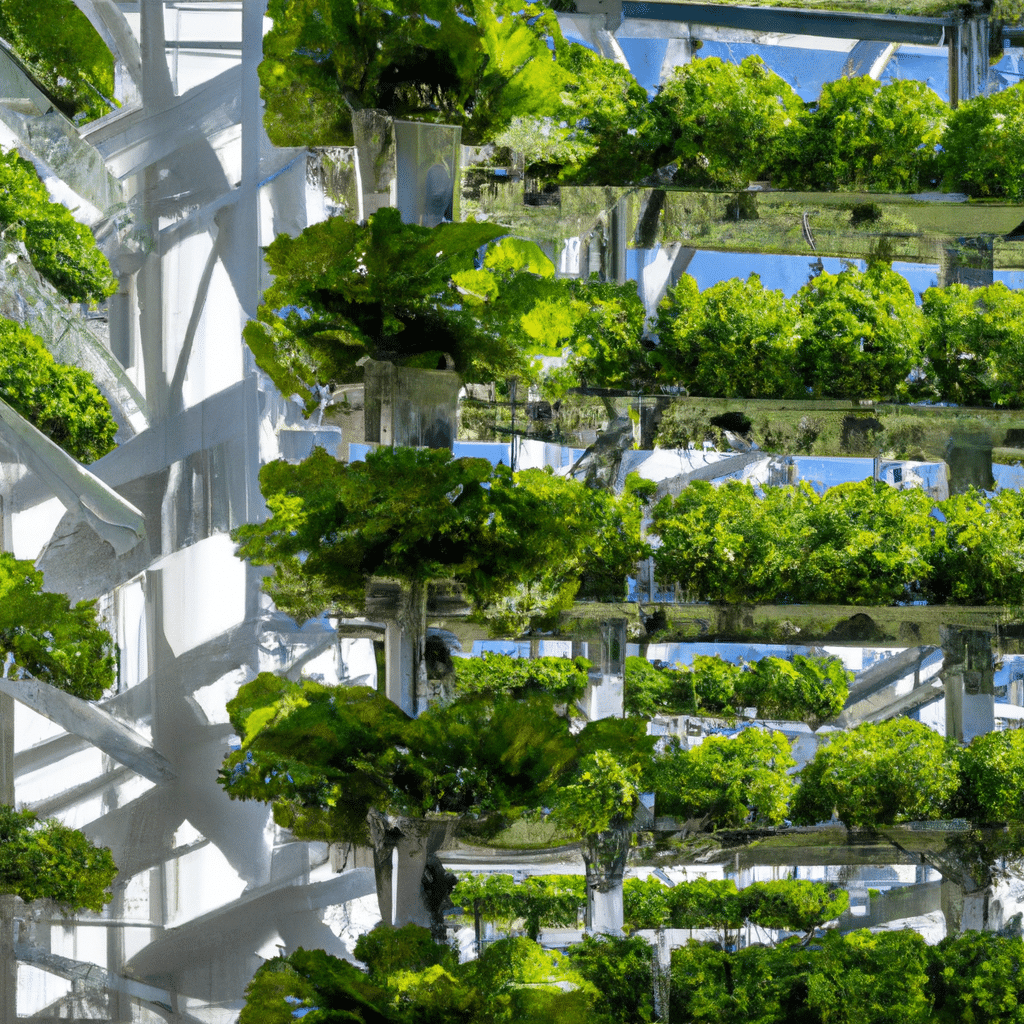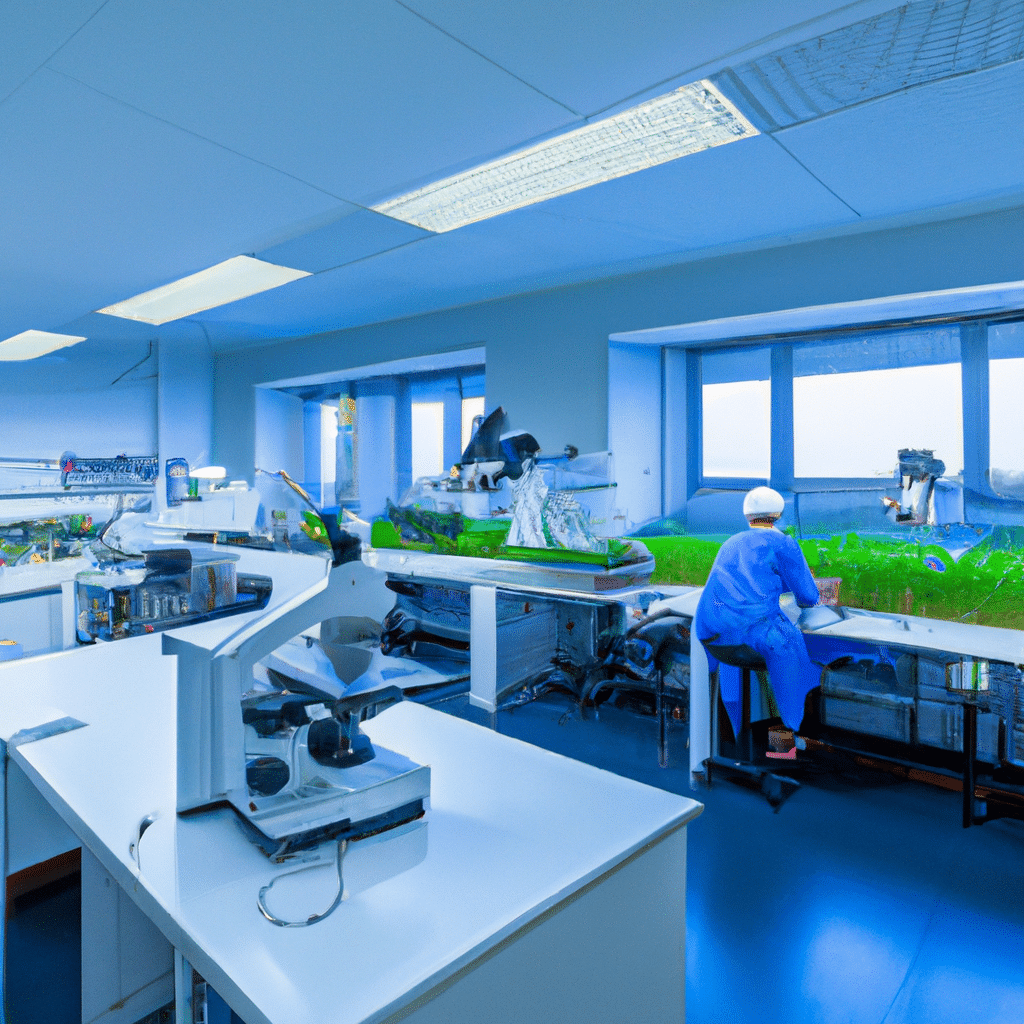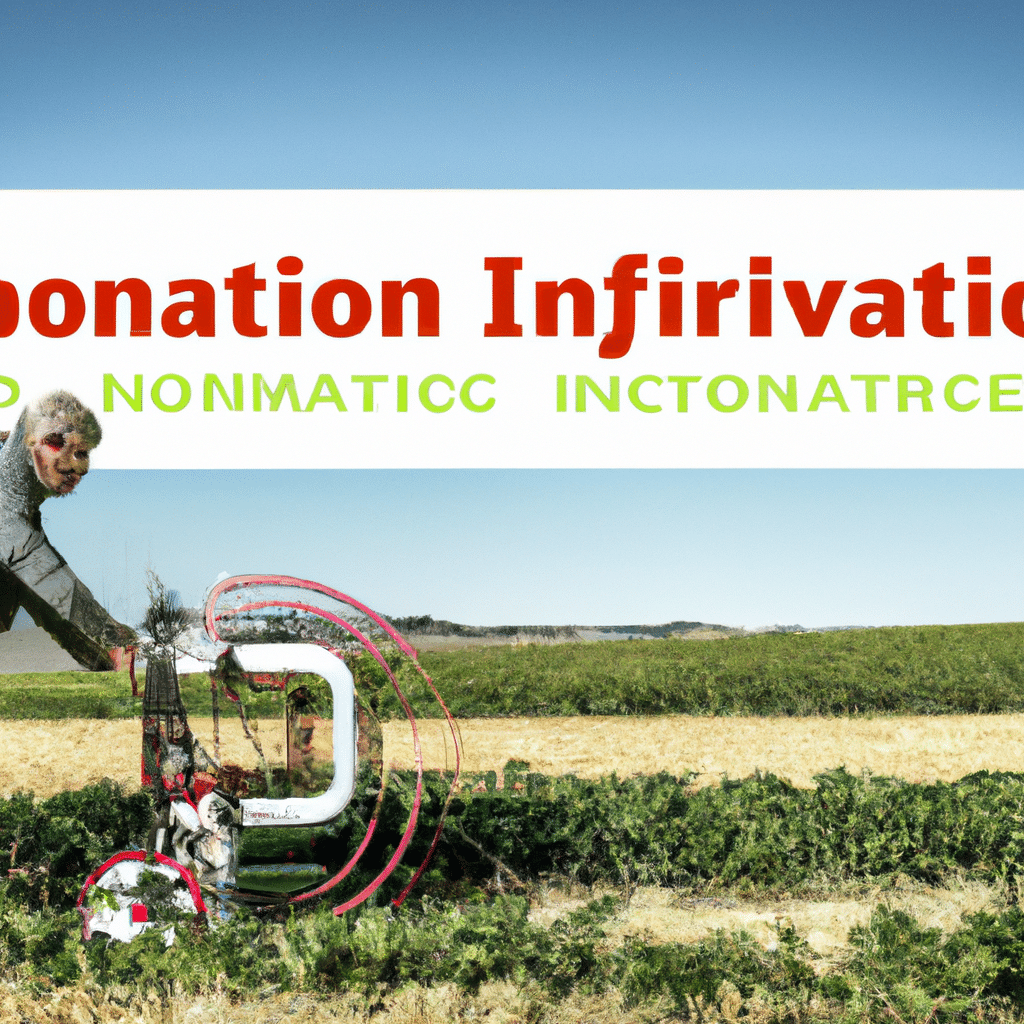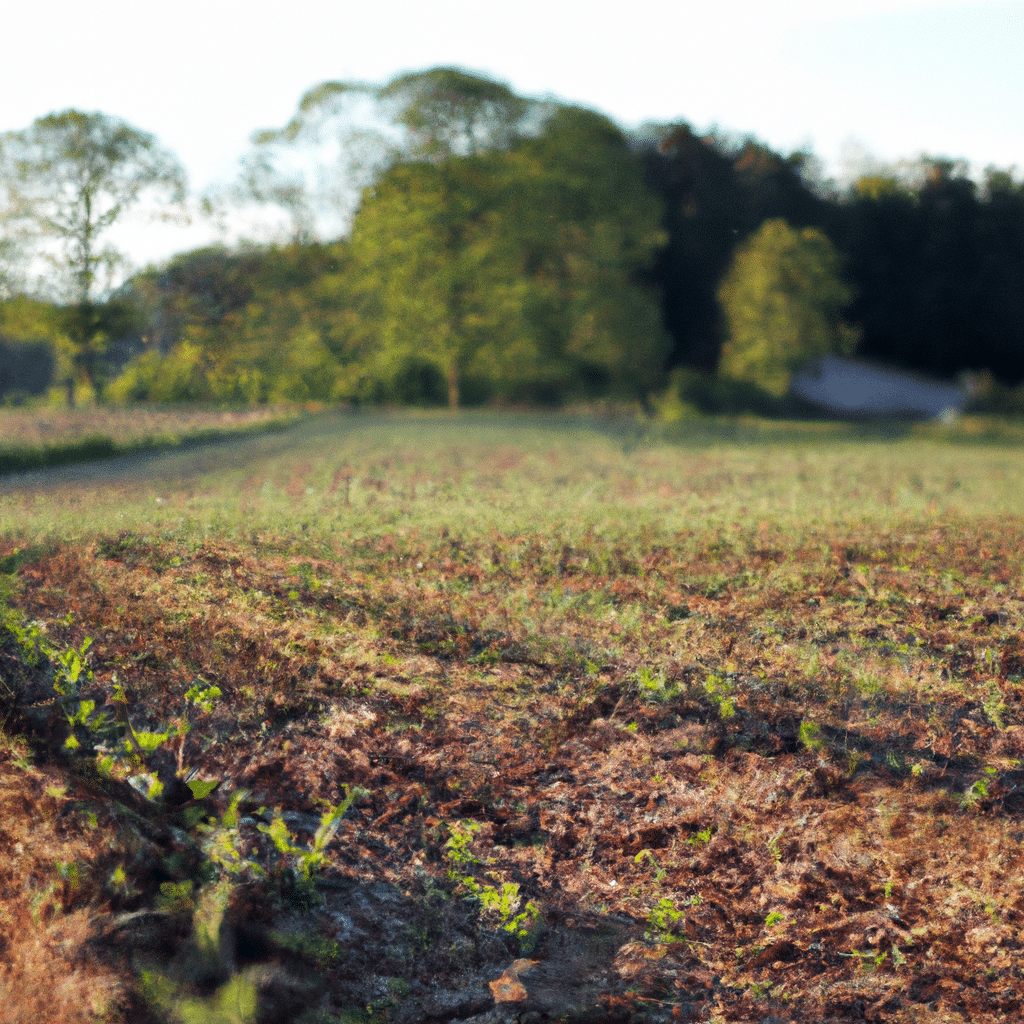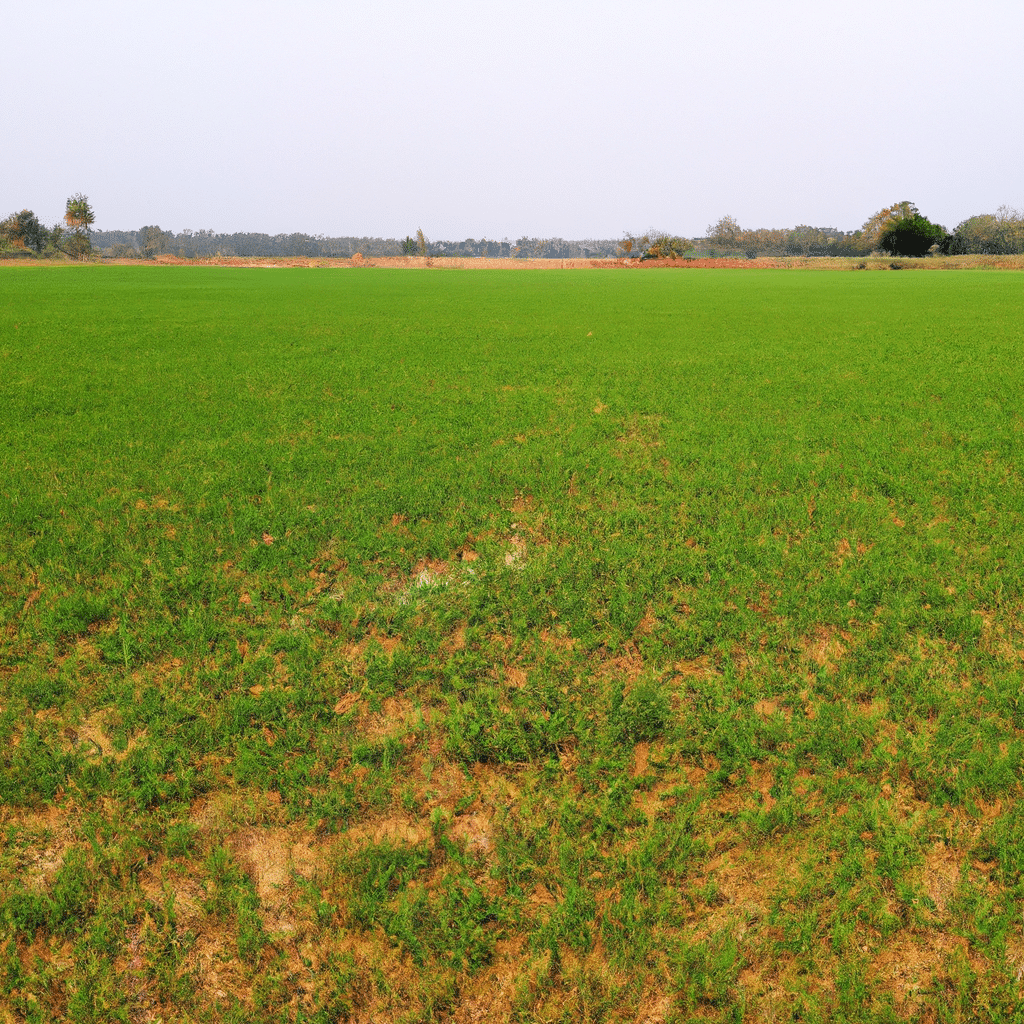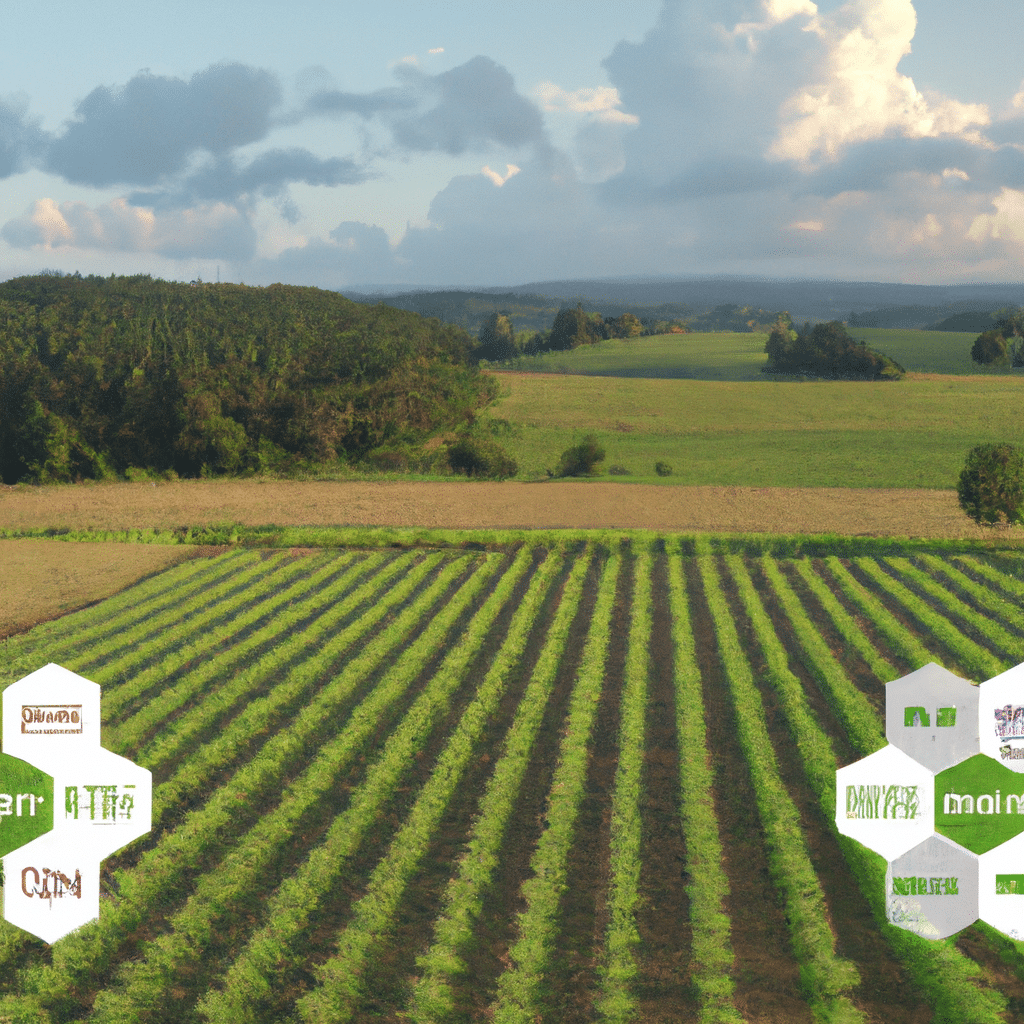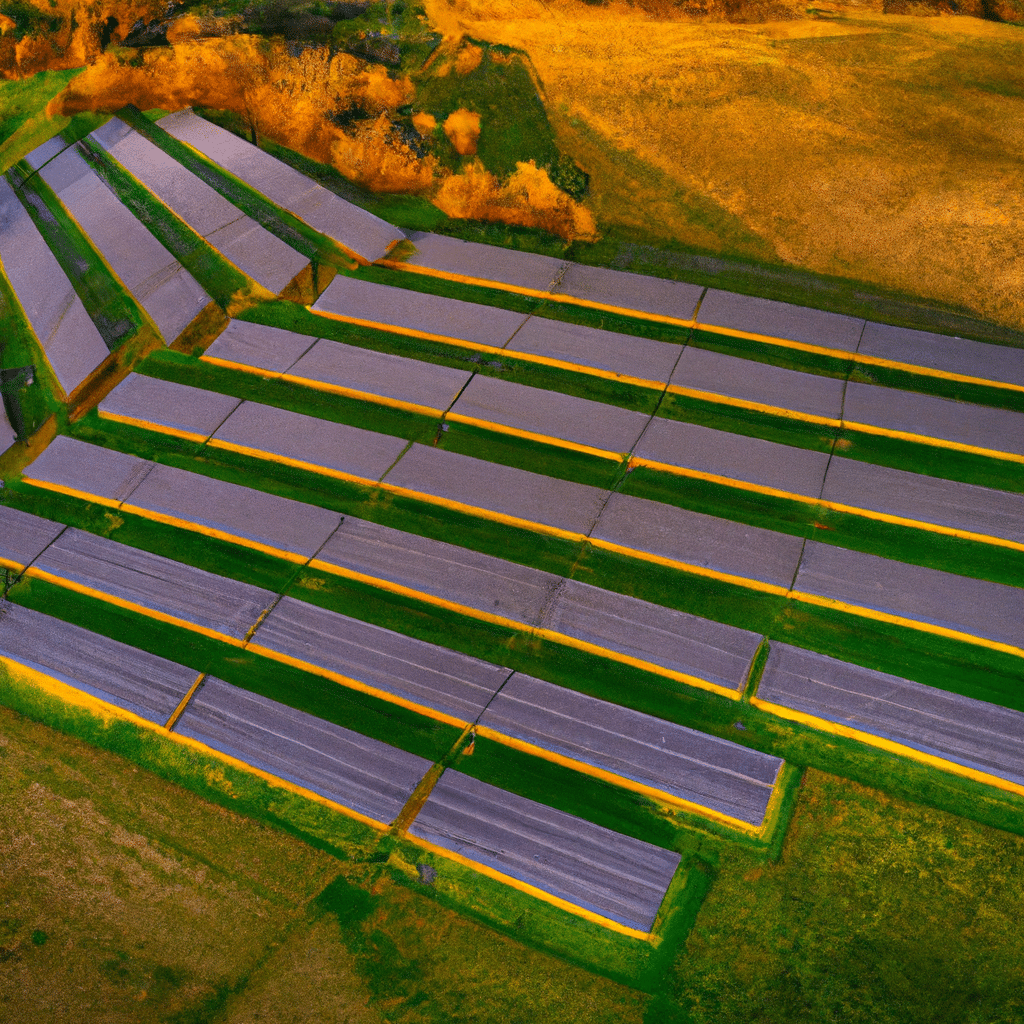In recent years, the agricultural industry has witnessed a significant transformation with the integration of technology into various aspects of farming. From crop management to precision agriculture, technological advancements have revolutionized the way farmers operate. One area that has particularly seen a remarkable shift is livestock management. With the advent of innovative solutions, farmers are now able to monitor, track, and optimize the health and productivity of their livestock like never before. In this comprehensive article, we will delve into the various ways technology is transforming livestock management, exploring the benefits, challenges, and future prospects of these advancements.
The Rise of Smart Farming Systems
Smart farming systems have emerged as a game-changer in the world of livestock management. These systems utilize a combination of sensors, data analytics, and automation to monitor and control various aspects of the livestock environment. By employing real-time monitoring, farmers can gain valuable insights into the health, behavior, and well-being of their animals, enabling them to make informed decisions and take proactive measures.
Sensor Technology for Livestock Monitoring
One of the key components of smart farming systems is the use of sensors. These sensors can be attached to animals or placed in their environment to collect data on parameters such as temperature, humidity, air quality, and even individual animal movements. For example, wearable sensors can track an animal’s activity levels, heart rate, and body temperature, providing valuable information about its overall health and well-being. This data can be analyzed and interpreted using advanced algorithms, giving farmers real-time updates on the condition of their livestock.
Automated Feeding and Watering Systems
Another area where technology has made significant strides is in automated feeding and watering systems. These systems use sensors and actuators to monitor feed and water levels, ensuring that livestock always have access to the necessary resources. Automated feeders can dispense precise portions of feed at optimal intervals, while smart watering systems can monitor water quality and automatically refill water troughs when needed. This not only saves time and labor for farmers but also helps maintain a consistent and healthy diet for the animals.
Remote Monitoring and Control
Technology has also enabled remote monitoring and control of livestock operations. Farmers can now access real-time data and control systems from their smartphones or computers, allowing them to monitor their livestock even when they are away from the farm. This level of remote accessibility provides convenience and peace of mind to farmers, as they can quickly respond to any emergencies or changes in the livestock environment, ensuring the well-being of their animals.
Precision Livestock Farming: Improving Efficiency and Productivity
Precision Livestock Farming (PLF) is a concept that utilizes technology to optimize every aspect of livestock farming, from breeding and feeding to disease prevention and waste management. By leveraging data-driven insights, farmers can make precise decisions that maximize efficiency and productivity while minimizing waste and environmental impact.
Data Analytics and Decision Support Systems
Data analytics plays a crucial role in PLF, as it enables farmers to derive meaningful insights from the vast amounts of data collected from various sources. By analyzing this data, farmers can identify patterns, detect anomalies, and make data-driven decisions to optimize livestock management. Decision support systems, powered by machine learning algorithms, provide recommendations on breeding strategies, feed formulations, and disease prevention measures, helping farmers achieve higher productivity and profitability.
Automated Breeding and Genetic Selection
Advancements in genetic technologies have opened up new possibilities for livestock breeding. With the help of artificial insemination, embryo transfer, and genetic selection techniques, farmers can enhance desirable traits in their livestock, such as milk production, meat quality, or disease resistance. Automated systems can precisely track the genetic lineage of animals and provide valuable insights for breeding programs, resulting in healthier and more productive livestock.
Disease Detection and Prevention
Disease outbreaks can have devastating effects on livestock farms, leading to significant economic losses and animal welfare concerns. However, technology has enabled early detection and prevention of diseases in livestock. By continuously monitoring vital signs and behavior patterns, automated systems can detect subtle changes that may indicate the presence of a disease. Farmers can then take immediate action, such as quarantining affected animals or administering targeted treatments, to prevent the spread of the disease and minimize its impact.
Challenges and Future Prospects
While technology has undoubtedly revolutionized livestock management, there are still challenges that need to be addressed to fully realize its potential. One major challenge is the cost of implementing and maintaining these technologies. The initial investment in sensors, automation systems, and data analytics tools can be significant, making it inaccessible for many small-scale farmers. Additionally, there is a need for standardized protocols and interoperability among different technology providers to ensure seamless integration and compatibility.
Looking ahead, the future of technology in livestock management is promising. Advancements in artificial intelligence, machine learning, and robotics are expected to further enhance the capabilities of smart farming systems. The emergence of Internet of Things (IoT) devices and connectivity solutions will enable real-time data exchange and seamless integration between different components of livestock management. Furthermore, the application of blockchain technology can bring transparency and trust to the supply chain, creating a more sustainable and ethical livestock industry.
In conclusion, technology has brought about a significant transformation in livestock management, empowering farmers with real-time data, automation, and decision support. Smart farming systems and precision livestock farming have revolutionized the way farmers monitor, control, and optimize their livestock operations. While challenges remain, the future prospects of technology in livestock management are promising. By embracing these advancements, farmers can improve efficiency, productivity, and sustainability in the livestock industry, ultimately benefiting both the farmers and the animals they care for.



